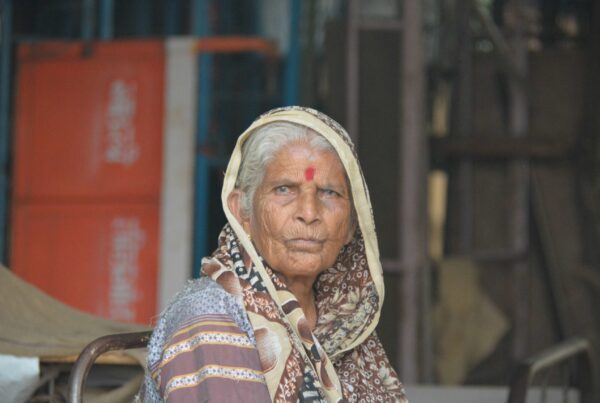Anemia is particularly common in India due to several factors:
1. Nutritional Deficiencies: A significant portion of the population, especially in rural areas, lacks access to a well-balanced diet. Iron, folic acid, and vitamin B12 deficiencies are common, leading to anemia. Many people in India, especially women and children, are at risk of iron deficiency due to inadequate dietary intake.
2. Poor Dietary Habits: Many people in India, particularly those from lower-income groups, rely on staple foods like rice and wheat, which lack sufficient iron content. Additionally, vegetarian diets, though nutritionally balanced in some aspects, often lack sufficient sources of bioavailable iron, which is found more in animal-based foods.
3. High Prevalence of Malaria and Worm Infections: Malaria and parasitic worm infections (such as hookworm) are prevalent in India and can cause significant blood loss, leading to anemia. Malaria, in particular, leads to the destruction of red blood cells.
4. Cultural Factors: In many regions, there are cultural practices that restrict access to certain types of food, particularly meat, which is an important source of bioavailable iron. This can worsen iron deficiency, especially among women and children.
5. Reproductive Health Issues: The high incidence of early marriages, frequent pregnancies, and malnutrition in pregnant women leads to iron deficiency anemia in women of reproductive age. Blood loss during childbirth can also contribute to the high prevalence of anemia in this demographic.
6. Limited Access to Healthcare: In many areas, healthcare services are not easily accessible, and people may not have adequate knowledge of nutrition or the importance of iron-rich foods and supplements, exacerbating the problem.
Addressing anemia in India requires a multi-pronged approach, including improving access to nutrition, better healthcare infrastructure, and awareness campaigns.




